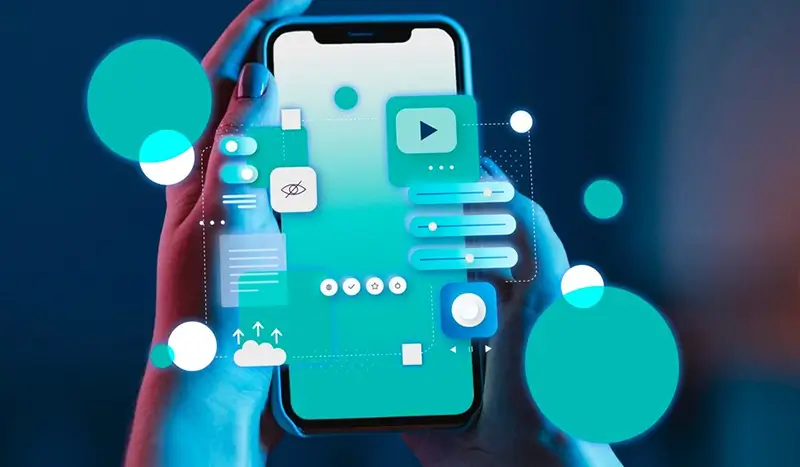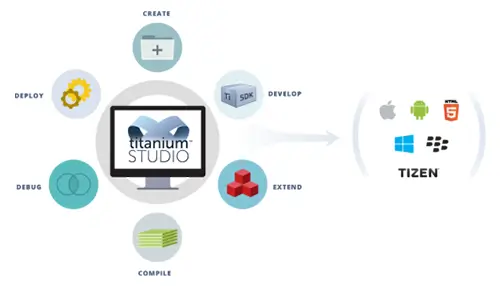Mobile apps are software programs you can download and access directly using your phone or another mobile device – like a tablet or music player.Mobile software is designed to run on handheld computers, personal digital assistants (PDAs), enterprise digital assistants (EDAs), smartphones and cellphones. Since the first handheld computers of the 1980s, the popularity of these platforms has risen considerably. Many cellphone models of the late 2000s include the ability to run user-installed software.Here some list of the most important points, they will help you stay focused on building best-in-class,mobile apps.
1.Code reuse is for your app’s logic — not necessarily for UI-
There are many misconceptions about code reuse with Appcelerator or any cross-platform tool, for that matter. Expecting 100 percent code reuse isn’t reasonable because it not only means you’d have very little control over your app’s UI/UX, but also your app would look the same across all target platforms.
2.Remember that tabs can be deep or shallow-
iOS tabs have a built-in Navigation Controller, which allows multiple levels of navigation inside each tab. Android tabs, however, are shallow and should have no in- tab navigation.
3.Know your target platforms-
it’s important to know your target platforms. And the best way of knowing what’s available to your app, and what you should and shouldn’t do, is by reading each platform’s user interface guidelines.Unless you use the operating systems you’re targeting on a daily basis, and you feel like you thoroughly know their behavioral and visual similarities and differences, I suggest you take time to read the guidelines in full.
4.Work with your design team-
1st step make sure you learn about each platform, their navigation paradigms, and their visual language. You will find subtle differences that make a great
difference in usability.Then slowly forward for next step If you’re a programmer with a graphic artist in your team, or you’re working as a contractor/freelancer for an agency that is giving you mock ups of the app to be built, learn to work with the designers and educate them. Help them understand that each platform has a native way of displaying information, laying out screens, and implementing navigation, and these differences go far beyond Android having a Back button and an Action Bar.
5.Love your target platforms-
Don’t let your personal preference influence the design, functionality, and quality of your apps. If you love iOS, that’s no reason to show more commitment to your iOS app, leaving behind your Android users. Learn to love each platform with its strengths and limitations. Learn to compare the platforms, but not to criticize them. They are all good in their own right and in their own contexts. Always try to build the best possible app for the platform you’re targeting.
6.Be your user-
Your user is the most important consideration when it comes to building your app. Be a user of the target platform and know how the platform works. Be a user of your app so that you can experience it for yourself. Look around, examine other apps, compare and analyze as honestly as you can.
Determining the right development methodology is the key to developing a successful mobile app.We live in an age when no company can afford to ignore the trans-formative power of mobile or the expectations and demands of mobile users.
For more information about mobile app ,please drop an email on info@oditeksolutions.com







